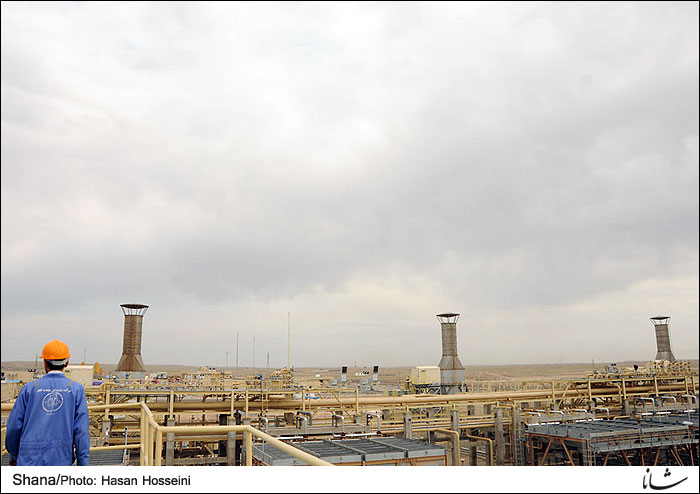 TEHRAN, Oct. 01 (MNA) � The operation of gas storage units in Shurijeh, Khorasan has improved Iran�s gas storage capacity in road to prepare for cold months of the year.
TEHRAN, Oct. 01 (MNA) � The operation of gas storage units in Shurijeh, Khorasan has improved Iran�s gas storage capacity in road to prepare for cold months of the year.The operation of Shourijeh would reduce the independence on Turkmenistan gas, Iran�s state news agency IRNA report said. Picking up of up to 9-10Mcf (million cubic feet) of gas from Qom Serajeh Storage facility in cold months of the last year proved its resilience, thereby attracting attentions to extension of gas storage facilities more than ever.
Shourijeh will turn Iran into the greatest gas storage hub in the Middle East, and one of countries with underground storage facilities of natural gas. Shourijeh is the second such facility located in northeast province of Khorasan. The project finalized after preliminary feasibility�studies in 2010 in 25km southeast of Sarakhs border city in the vicinity of Shahid Hasheminejad refinery plant.
Currently, the facility receives a daily injection of 10Mcf of gas by its three rows of compressors each with 3.6Mcf capacity. It is predicted that in cold months of the year, a daily pickup of 20Mcf from the storage would be made. So far the storage has reserved more than 300Mcf of natural gas as the countries preparation for possible cold spell in northern provinces.
Investments in and development of natural gas storage facilities as strategic reserves could play an important role in bolstering the countries conditions in global gas markets as well as helping it live to its international commitments, and creating a surplus energy load in times of high consumption.
Storing gas also gets momentum when other factors come to the fore: Economic support, safe margins in meeting country�s domestic gas needs, the half-depletion of oil reserves, etc.
Reserves also would create a balance between domestic demand and supply in cold seasons. Reserves could provide up to 50 per cent of the market demand. It also helps significantly reduce the costs incurring upon gas imports.
To restore gas, the surplus natural gas is injected into an underground porous medium with a cap rock surrounding it during summer time, to meet the increasing demands of possible gas shortages. Such storages are constructed in proximity of end-user markets to act immediately to meet needs. It also would prove effective when a problem affects distribution networks which cut the gas supply.
By Mehr News Agency
The Iran Project is not responsible for the content of quoted articles.










